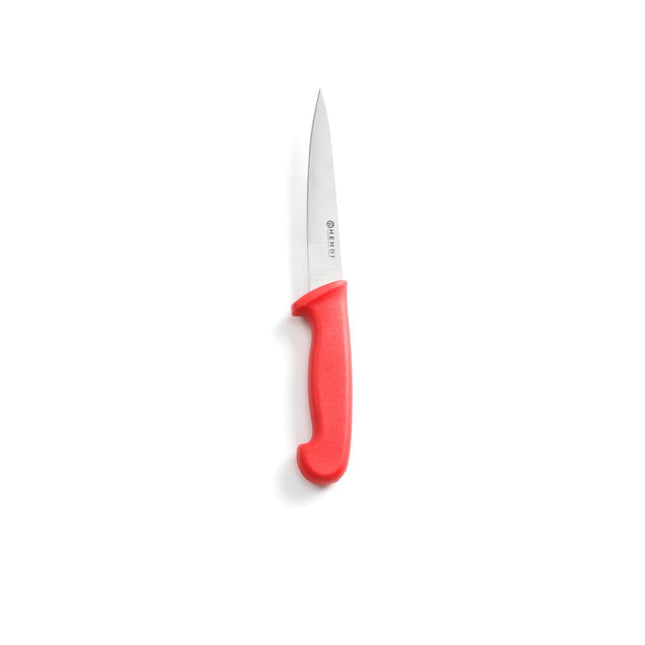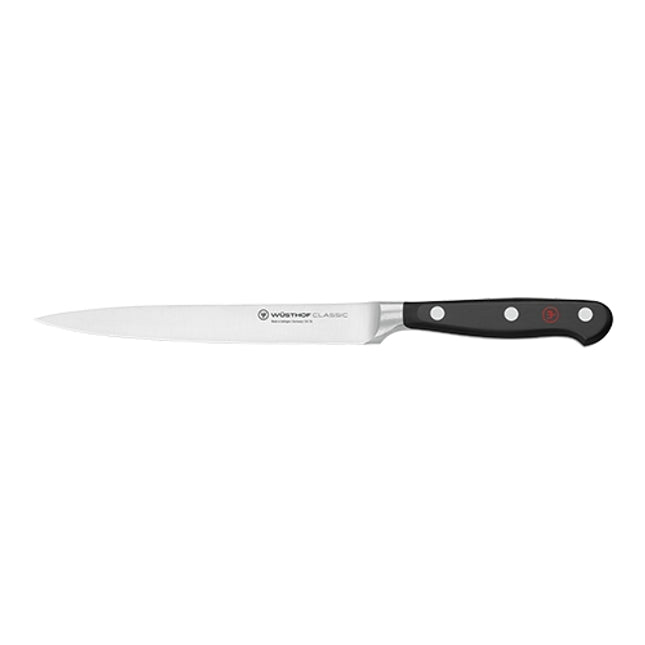Filleting knife
A fish filleting knife is a knife specifically designed for filleting fish. Its thin, flexible blade allows it to easily be moved along the fish's spine to separate the meat. Filleting knives are also suitable for removing skin and deboning fish. A good filleting knife is essential for preparing fish dishes such as sushi, ceviche, and baked fish.
Different types of filleting knives and applications
There are different types of filleting knives available, each with their own characteristics and applications. For example, there are filleting knives with a shorter blade suitable for smaller fish, while those with a longer blade work better with larger fish. There are also filleting knives with a straight edge and those with a curved edge, both of which offer their own advantages when filleting fish. Besides fish filleting knives, there are also filleting knives for other types of meat, such as poultry or game.
What should you pay attention to when buying a filleting knife?
When buying a filleting knife, there are several things to consider. First, consider the length and flexibility of the blade, depending on the size of the fish you want to fillet. It's also important to consider the material of the blade and handle. Stainless steel, for example, is a common blade material, while the handle can be made of various materials such as wood, plastic, or rubber. Also, make sure the filleting knife fits comfortably in your hand and offers a firm grip to prevent accidents.
Maintenance and cleaning tips for your filleting knife
Once you've purchased a good filleting knife, it's important to maintain and clean it properly. This ensures optimal performance and a long lifespan.
- One of the most important maintenance tips for filleting knives is to thoroughly clean and dry them after use. Never leave your filleting knife unwashed in the sink or dishwasher, as this can damage the blade or cause corrosion. If you can't clean your filleting knife immediately after use, store it in a dry, safe place.
- Another important maintenance tip is to sharpen your filleting knives regularly to maintain their sharpness. Use a sharpening stone or sharpening rod, or take your filleting knife to a professional for sharpening. It's also important to oil your filleting knives regularly to prevent rust and corrosion.
- To thoroughly clean the filleting knife, wash it by hand with warm water and a mild detergent. Do not use abrasive materials such as steel wool or scouring pads, as these can scratch the blade. Dry the filleting knife thoroughly with a dry cloth or paper towel.
- If the filleting knife is very dirty or has residue on it, you can soak it in warm water with a mild detergent before cleaning. Never use bleach or harsh chemicals to clean your filleting knife.












